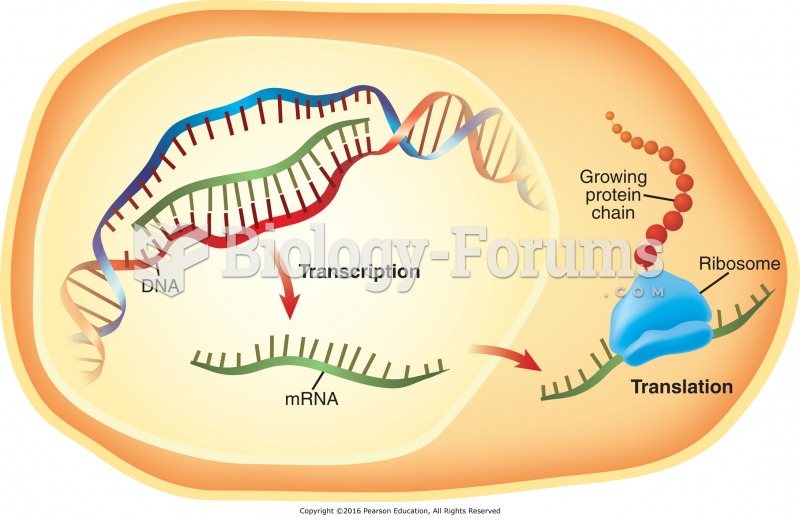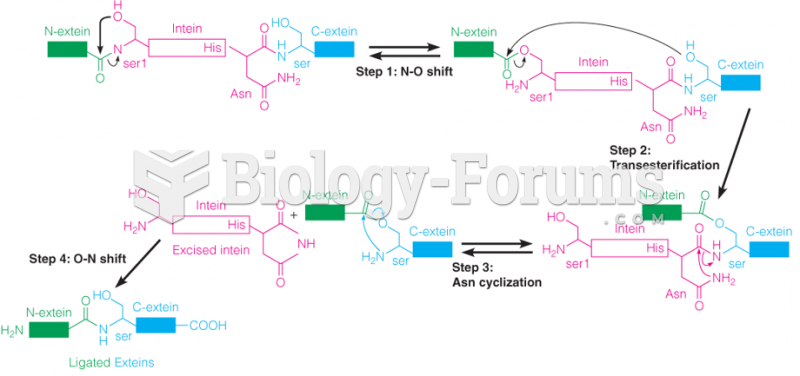|
|
|
More than 4.4billion prescriptions were dispensed within the United States in 2016.
More than 34,000 trademarked medication names and more than 10,000 generic medication names are in use in the United States.
Excessive alcohol use costs the country approximately $235 billion every year.
Your skin wrinkles if you stay in the bathtub a long time because the outermost layer of skin (which consists of dead keratin) swells when it absorbs water. It is tightly attached to the skin below it, so it compensates for the increased area by wrinkling. This happens to the hands and feet because they have the thickest layer of dead keratin cells.
During pregnancy, a woman is more likely to experience bleeding gums and nosebleeds caused by hormonal changes that increase blood flow to the mouth and nose.
 Gate Control Theory, Gate control, Open gate, Closed gate, Pain, Nerve transmission of pain, Pain ma
Gate Control Theory, Gate control, Open gate, Closed gate, Pain, Nerve transmission of pain, Pain ma
 The photo shows an ultrasound image of a fetus. The rough outline of a head and body can be seen. ...
The photo shows an ultrasound image of a fetus. The rough outline of a head and body can be seen. ...





